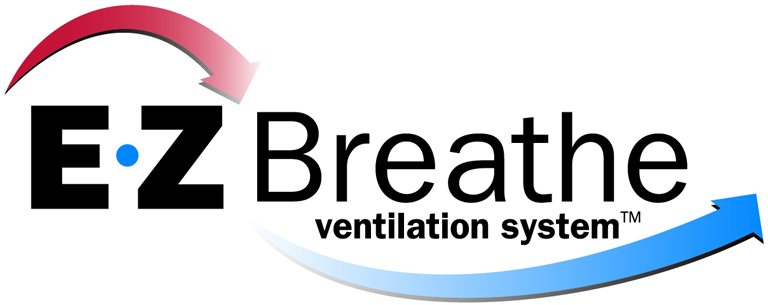 What’s in the Air You’re Breathing?
What’s in the Air You’re Breathing?
Erika and Andre Lacroix are the owners and creators of EZ Breathe. Listen to the audio clip about EZ Breathe from the Frank Fontana Show on April 10th.
Slide the audio bar to 10:30 mark to hear our portion of his show and listen until about 30:00 minute mark.
